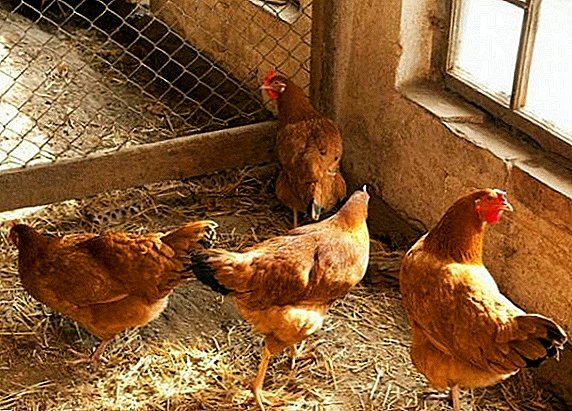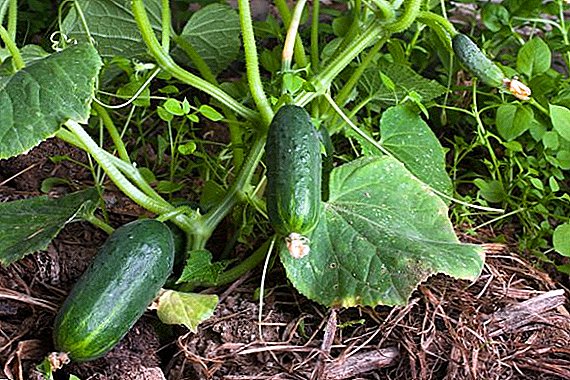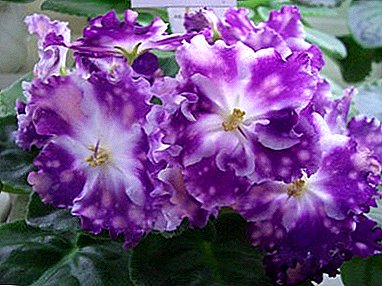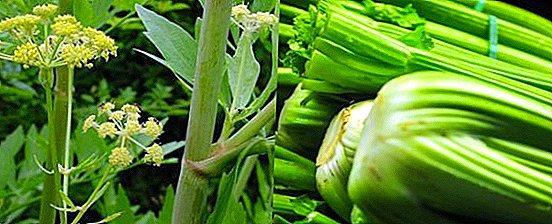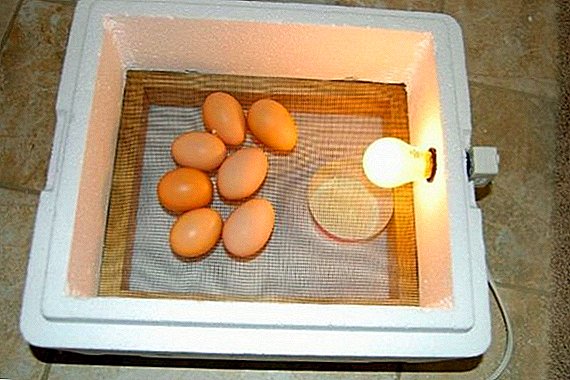
Hortensia paniculata Limelight is a shrub up to 3 meters in height with a rounded crown, with dark green leaves, velvet to the touch and elongated in shape with a pointed apex. Flowering from July to September, large inflorescences of light lemon or greenish hue, which gradually become pale pink.

Planting and care
The best season to plant young hydrangeas is the period from late April to early May, since it is at this time that the weather becomes steadily warm with heavy, warm precipitation. Heat, humidity and the absence of exhausting heat are optimal conditions for successful adaptation of young shoots.
IMPORTANT. Young hydrangeas should not be planted in too large planting pits, as they have a shallow root system and deep pits can cause trunk rot.
When planting hydrangea bushes must take into account one of their property. It consists in the fact that representatives of the family of hydrangeas live for a very long time, and during planting it is necessary to determine for it. quiet areawhere in the next 15-20 years there will not be much construction or other changes that can disturb its root system.
 This need for consistency is caused root feature: it has a broadly superficial character, in adult plants it is located close to the top layer of soil, and at the same time the root span often exceeds the crown span of the plant. When trying to transplant a mature plant, its root system is bound to be damaged, and this will have an extremely negative effect on its general condition.
This need for consistency is caused root feature: it has a broadly superficial character, in adult plants it is located close to the top layer of soil, and at the same time the root span often exceeds the crown span of the plant. When trying to transplant a mature plant, its root system is bound to be damaged, and this will have an extremely negative effect on its general condition.
Particular attention should be paid to the composition of the nutrient substrate in which you are going to plant hydrangea.
Most often used a special dressing for heather, rhododendrons or azaleas. Ashes and nitrate fertilizers should be treated with caution, when using them, the frost resistance of the plant will decrease, and the turgor of the stems will decrease.
IMPORTANT. Planting hydrangeas in the soil of lime composition categorically not recommended, in such conditions, the plant will begin to wither and may eventually lead to the death of the plant, sandy soils are also not recommended.
Young plants rather hard tolerate frosts, especially if the winter was frosty and snowless. In order for young hydrangeas not to be frozen out, they need to pile upand the plant's trunk zone should be covered with a rather dense layer of sawdust, peat and fallen leaves.
Grown up plants quickly become frost-resistant and are able to survive even the harsh cold, so there is no particular need for them to be trained for the winter season.
 Lighting
Lighting
Hortensia Limelight can quite well tolerate the shadow, and even bloom under such conditions. But if the florist wants to have an abundantly flowering plant, then hydrangea should be planted in a place lighted and protected from drafts.
Watering
Hortensia unusually loves waterTherefore, the land in which hydrangea grows must be very well hydrated throughout the season. Newly planted plants especially need strong watering.
Pruning
In blooming hydrangea should be timely pruning. Because of the large density of the shrub inflorescences become small and inconspicuous.
Shoots located in the depths of an uncut tree can suffer from a lack of sun, nutrients and increased moisture loss due to too much foliage.
IMPORTANT. Pruning hydrangea Limelight is best carried out before the active movement of life juices begins, that is, in early spring.
Spring pruning will provide an incentive for the emergence of fresh shoots, which guarantees lush blooming hydrangea in the future season.

Breeding
The best time for breeding hydrangea is spring. Propagation of paniculate hydrangea variety Limelight is carried out by cutting and dividing the bush.
Then do not forget about thinning pruning, and throughout the summer period, cut off the older inflorescences as they begin to dry out.
Diseases and pests
Frequent hydrangea diseases are chlorosis. This disease causes yellowing and falling foliage, dryness and brittle branches, as well as the gradual grinding of inflorescences. The main symptom of downy mildew is the appearance of oily spots on the leaves, which later turn yellow and darken, gradually increasing in size. Chlorosis can cause an excessive amount of lime in the soil, and downy mildew is too humid. For the prevention of chlorosis, it is necessary to carry out regular complex fertilizing of the soil.
 Also, hydrangea can be affected by insect pests that parasitize young leaves. Spider mite, green leaf aphid, meadow bug, drink the sap of the plant and cause the leaves to fall off, which leads to a deterioration in the decorative qualities of the plant.
Also, hydrangea can be affected by insect pests that parasitize young leaves. Spider mite, green leaf aphid, meadow bug, drink the sap of the plant and cause the leaves to fall off, which leads to a deterioration in the decorative qualities of the plant.
Too high humidity and tightness can cause invasion. snails and slugs, which can greatly harm the plant.
If there are too many harmful organisms, the plants are treated with drugs such as Karbofos, Fitoverm, Aktellik. It is recommended to use the drug against slugs Metbut.
As you can see, taking care of a plant is not very difficult, especially if it is already an adult. For successful cultivation it needs peace, light and moisture. Observing these simple recommendations, you will get an excellent result, its appearance will only please you.
A photo
See more photos of hydrangea paniculite limelight:




Useful information
You can get acquainted with other materials about hydrangea garden:
- How to properly care for bobo paniculate hydrangea? Growing and preparing for winter
- How does the Duboliferous hydrangea overwinter?
- Frost-resistant hydrangea Pinky Winky on your site
- Hortensia paniculata grandiflora - features of care and reproduction in the garden plot
- Hydrangea curly (petiolate, climbing) - a hedge in your garden!
- Hydrangea tree Annabelle - snow-white decoration of your site
- Tree hydrangea in your garden - planting and care, breeding, wintering
- How to make friends with serrated hydrangea?
- Japanese hydrangea Kyushu in your garden
- Frost-resistant large-leaved hydrangea
- How to care for a panicle hydrangea phantom? Planting, wintering, breeding
- How to properly care for panilla hydrangea vanilla fraze?
- Fragrant "princess" hydrangea paniculata in your garden: features of care
- Secrets of breeding garden hydrangea
- Garden hydrangea: planting and care, neighborhood in the garden
- Do not let the garden hydrangea freeze! How to cover the hydrangea for the winter?
- How to protect the garden hydrangea from diseases and pests?




